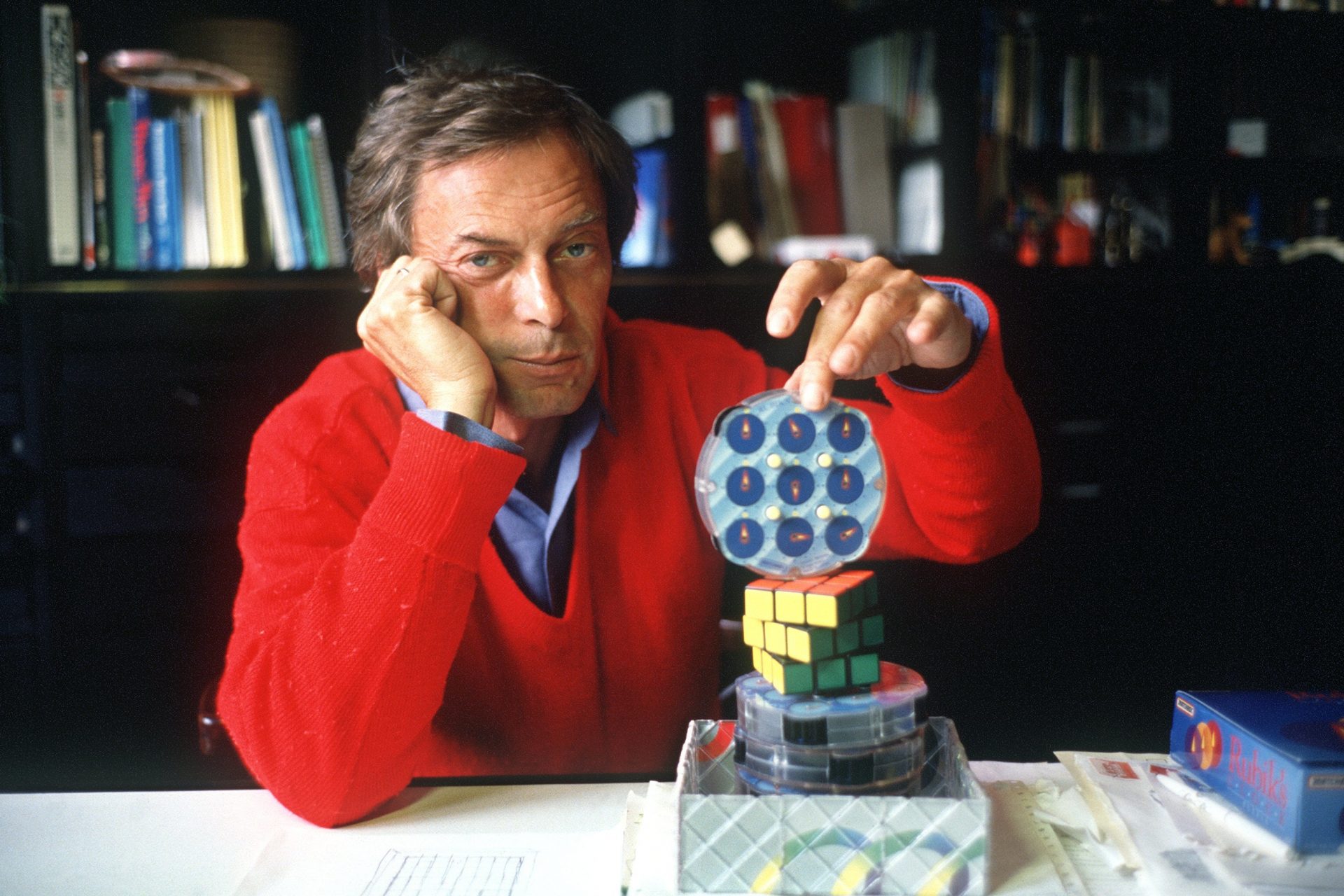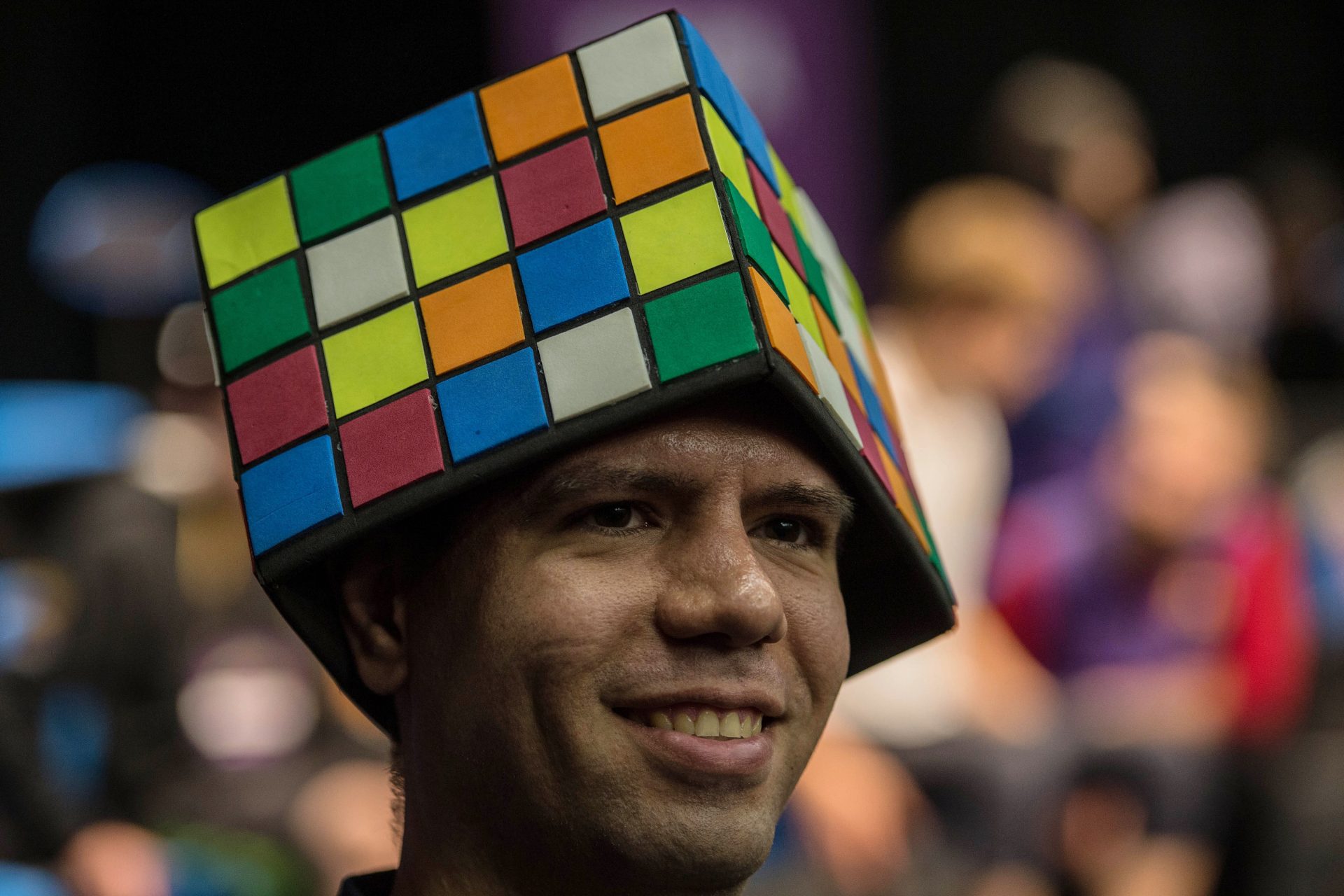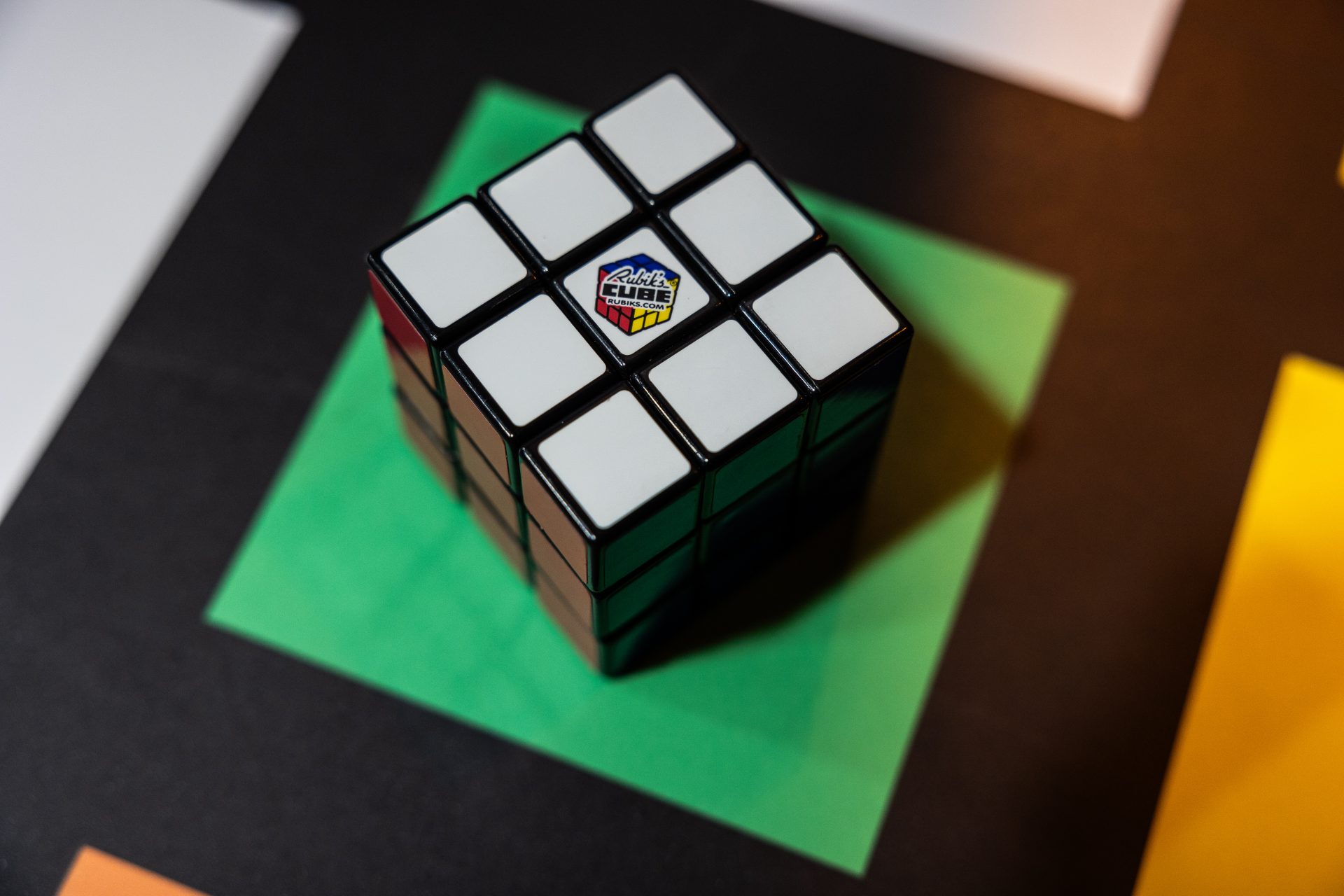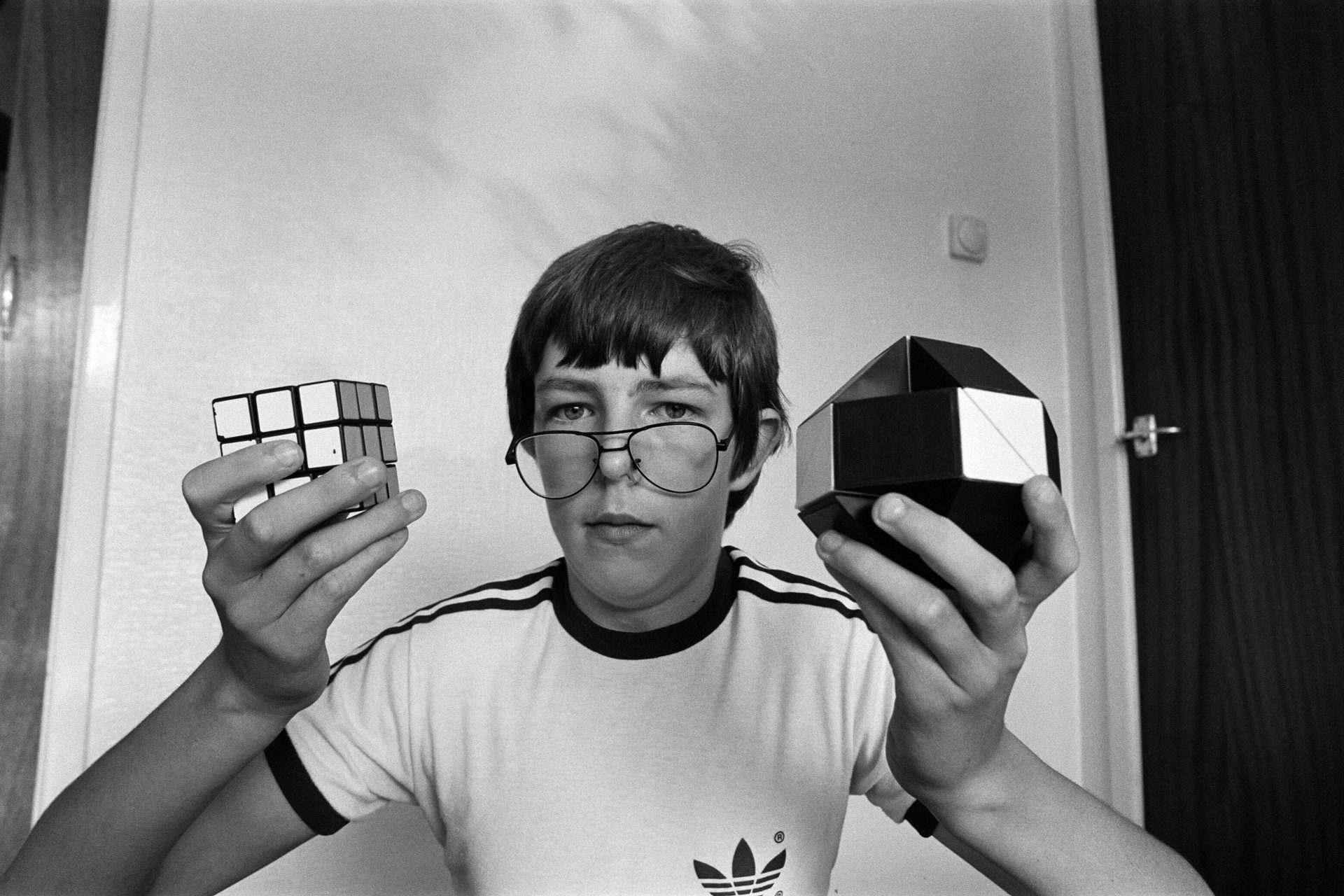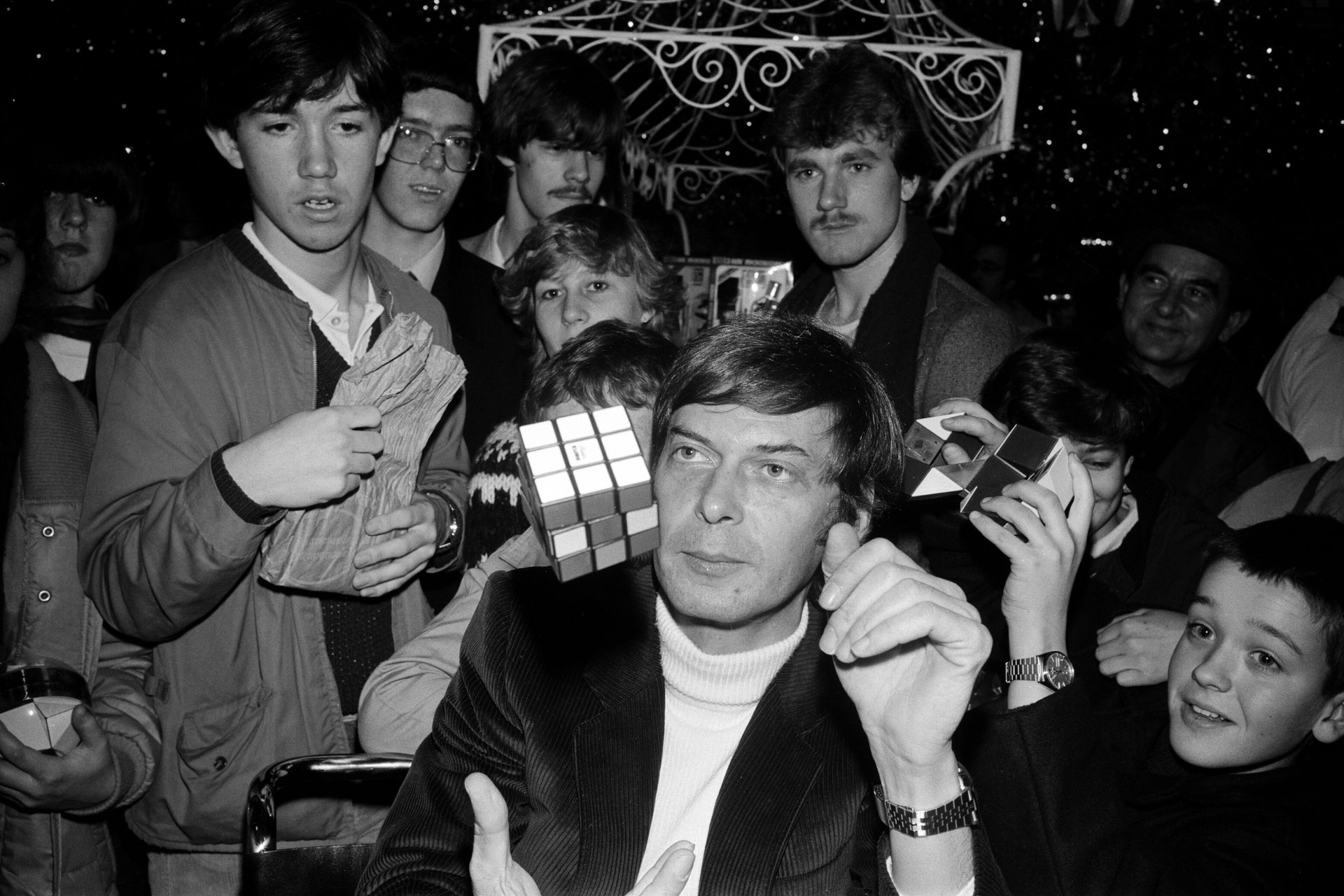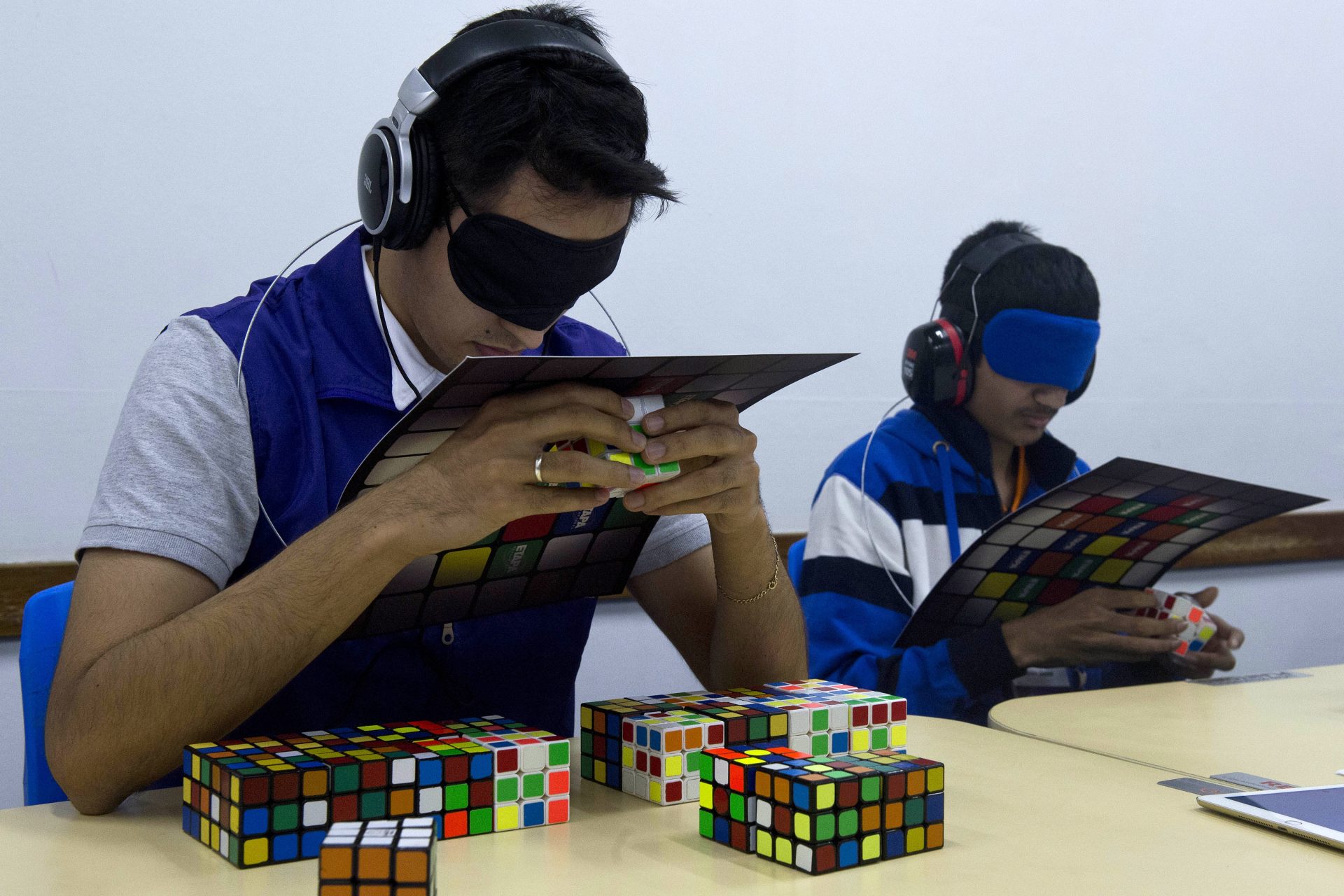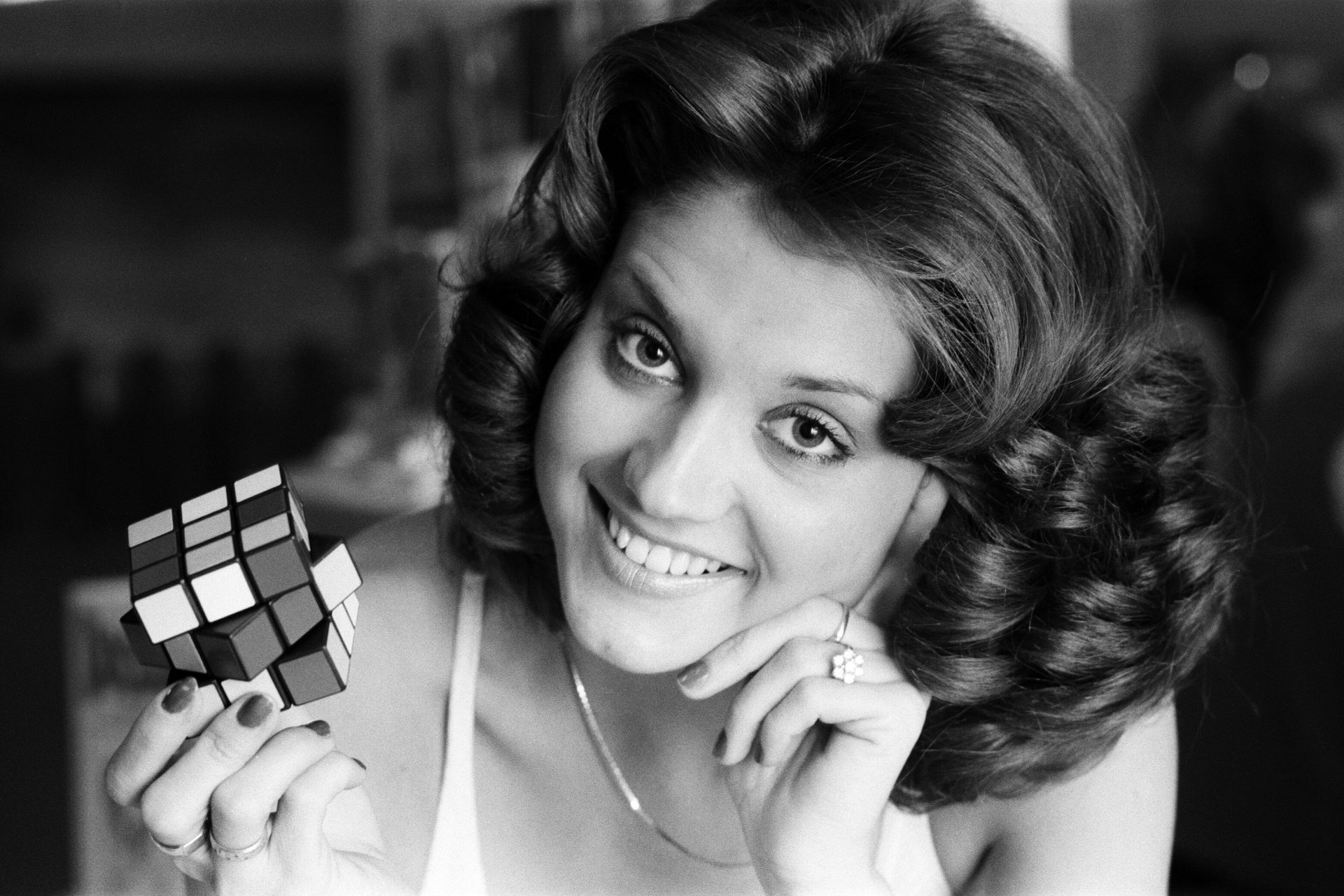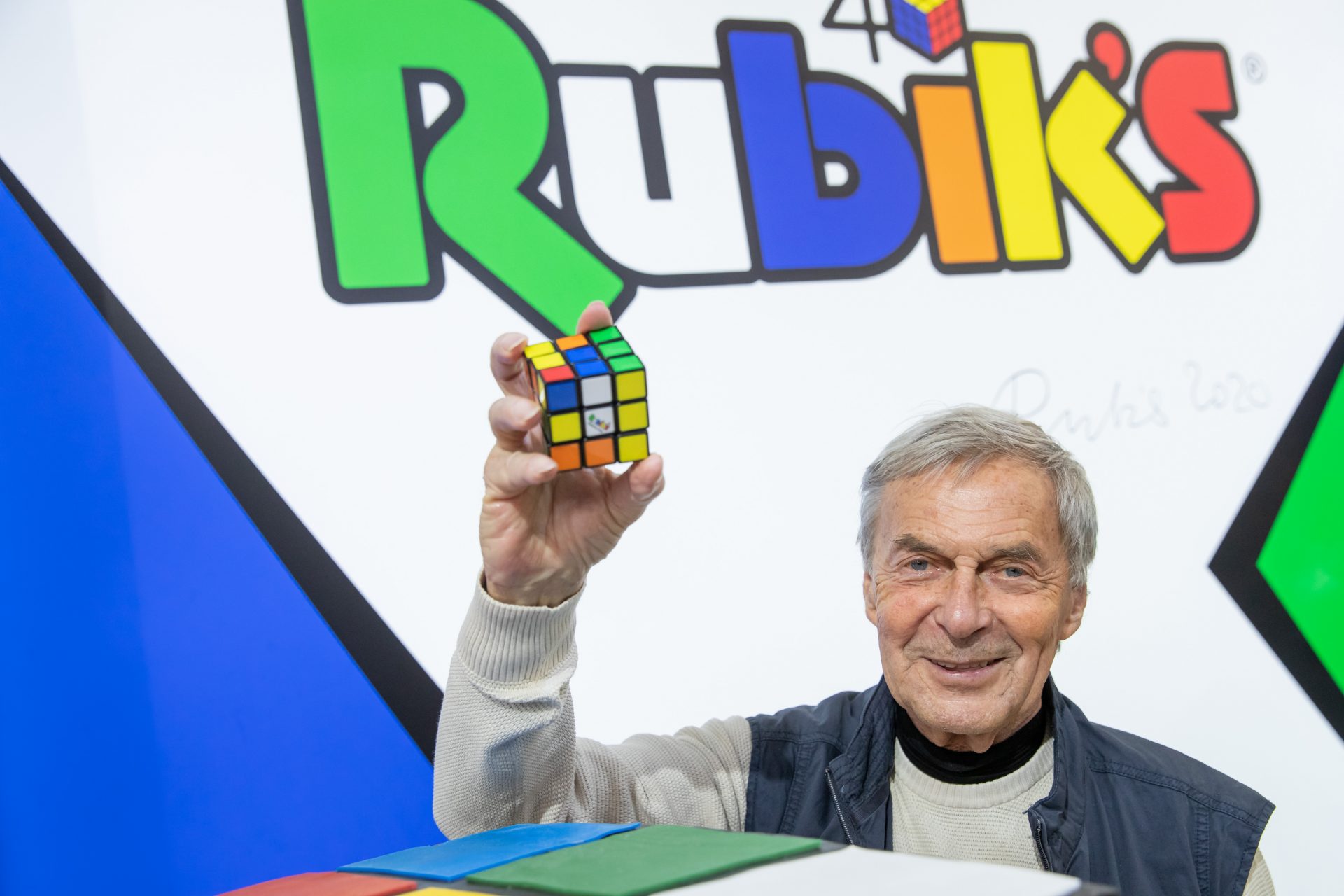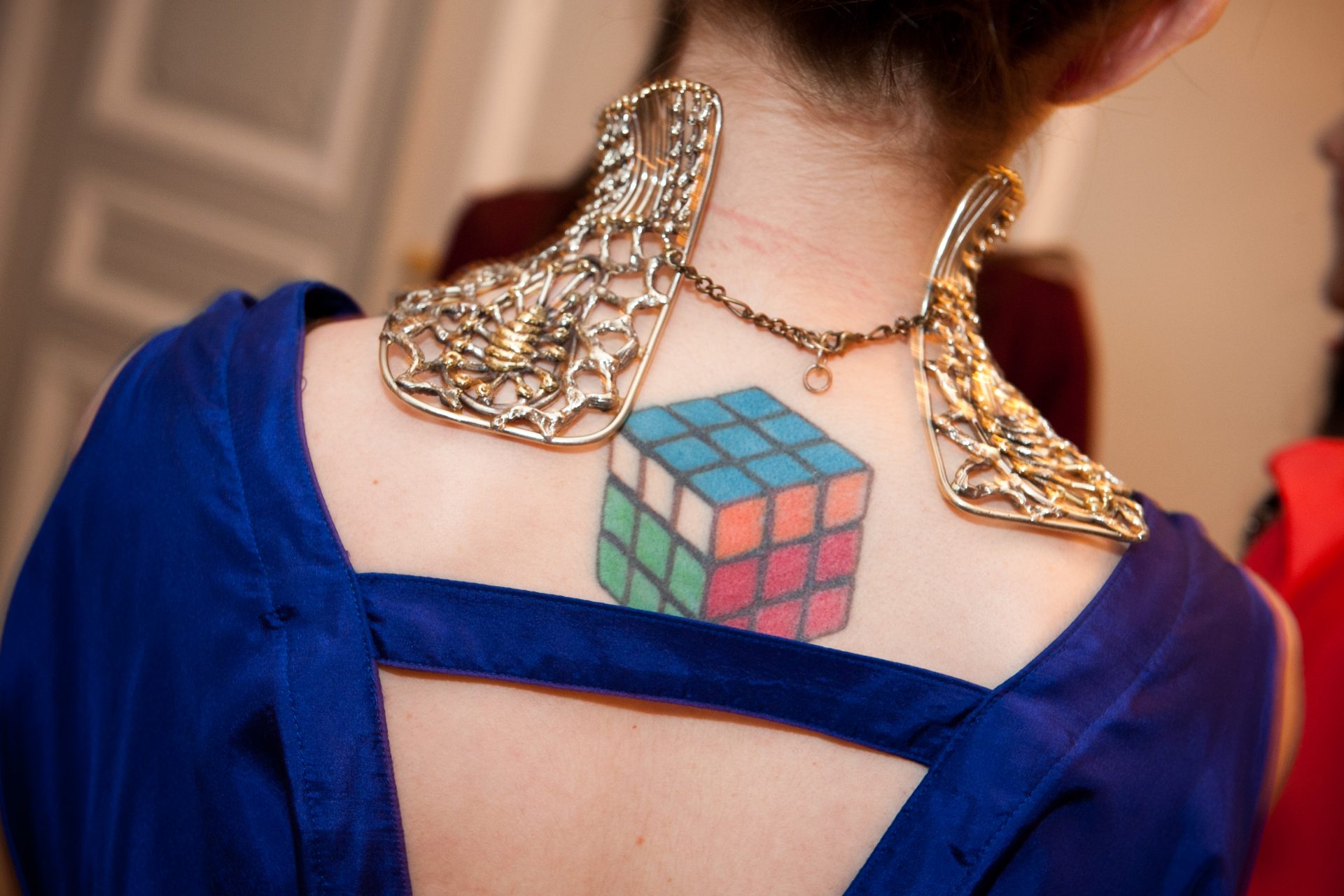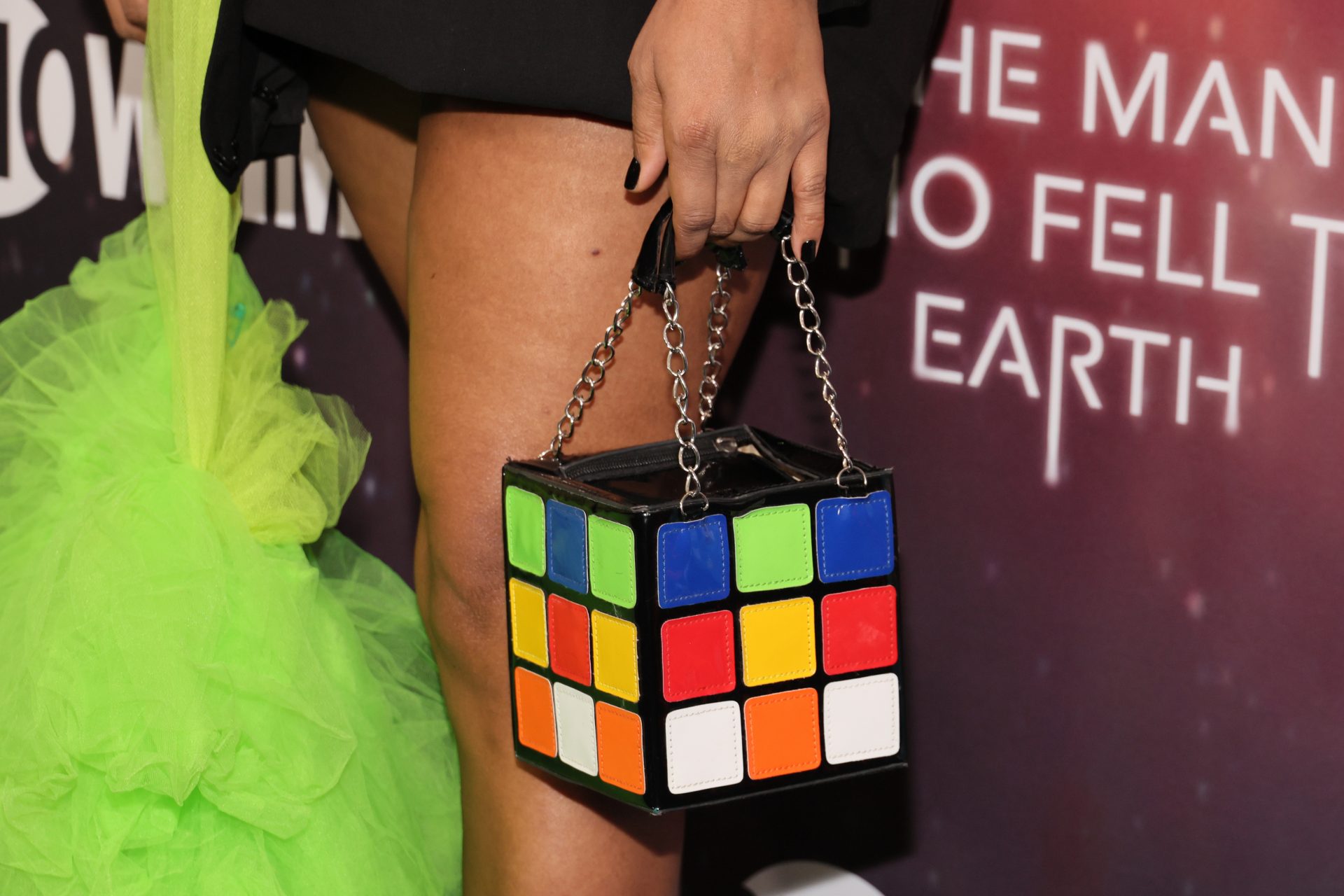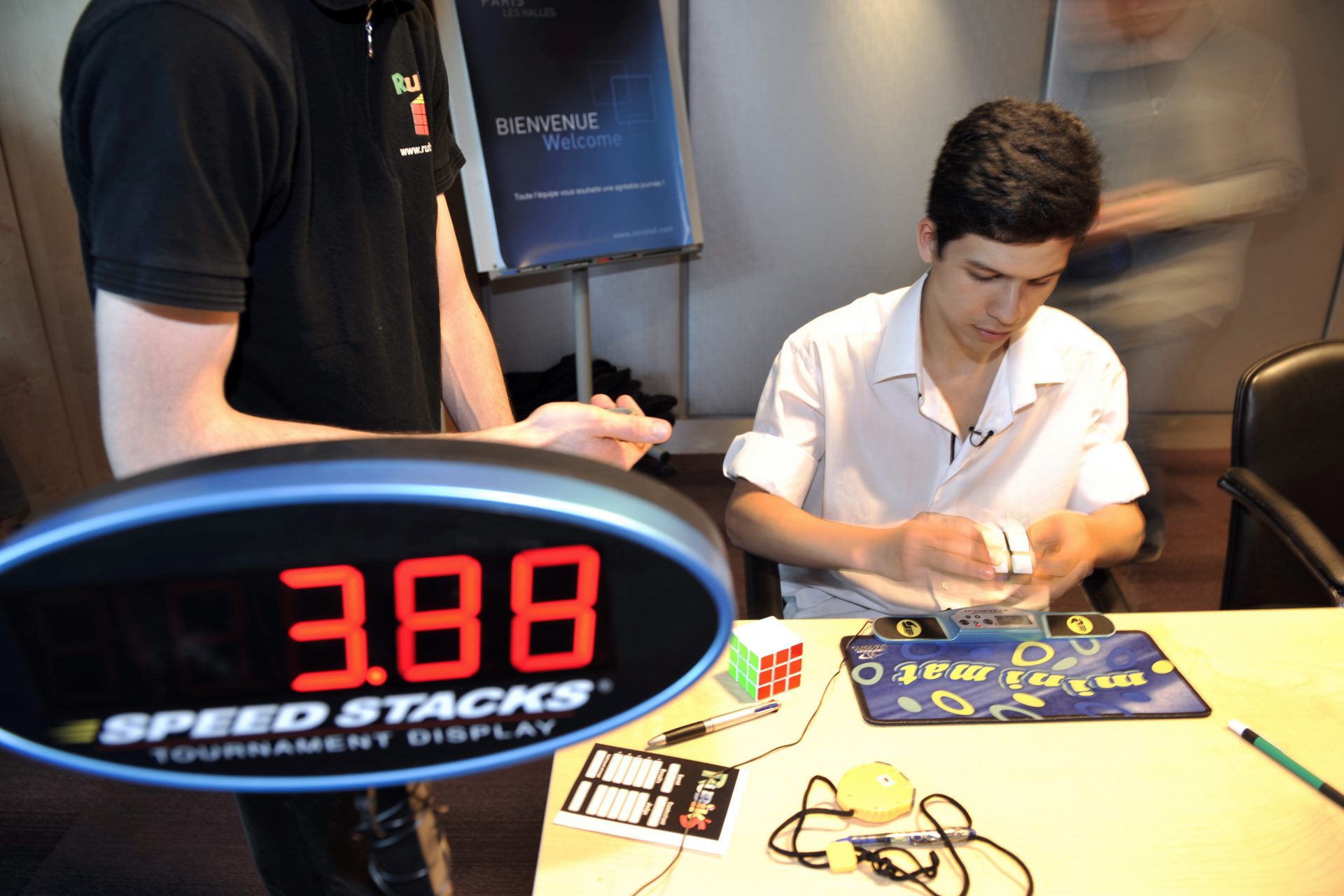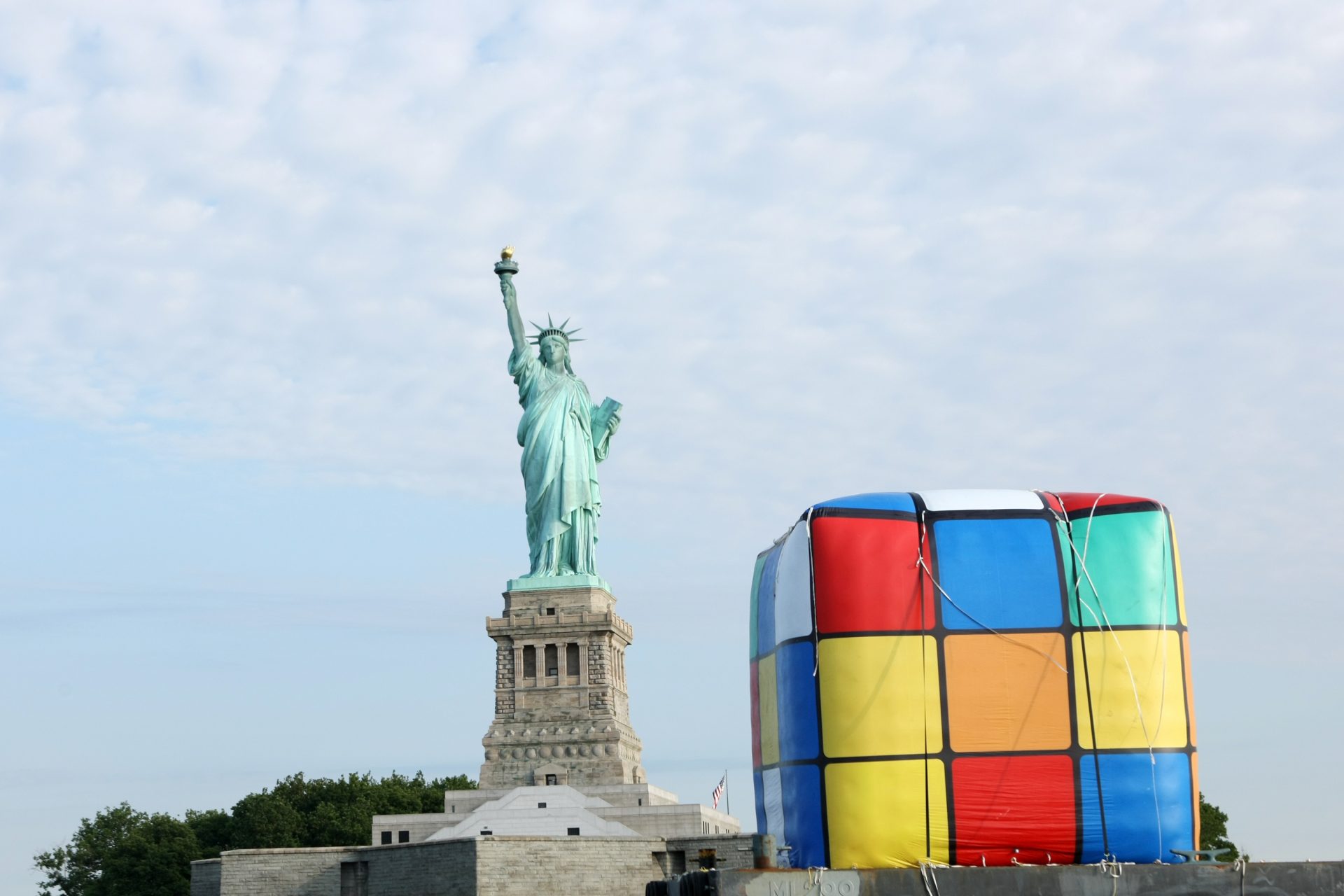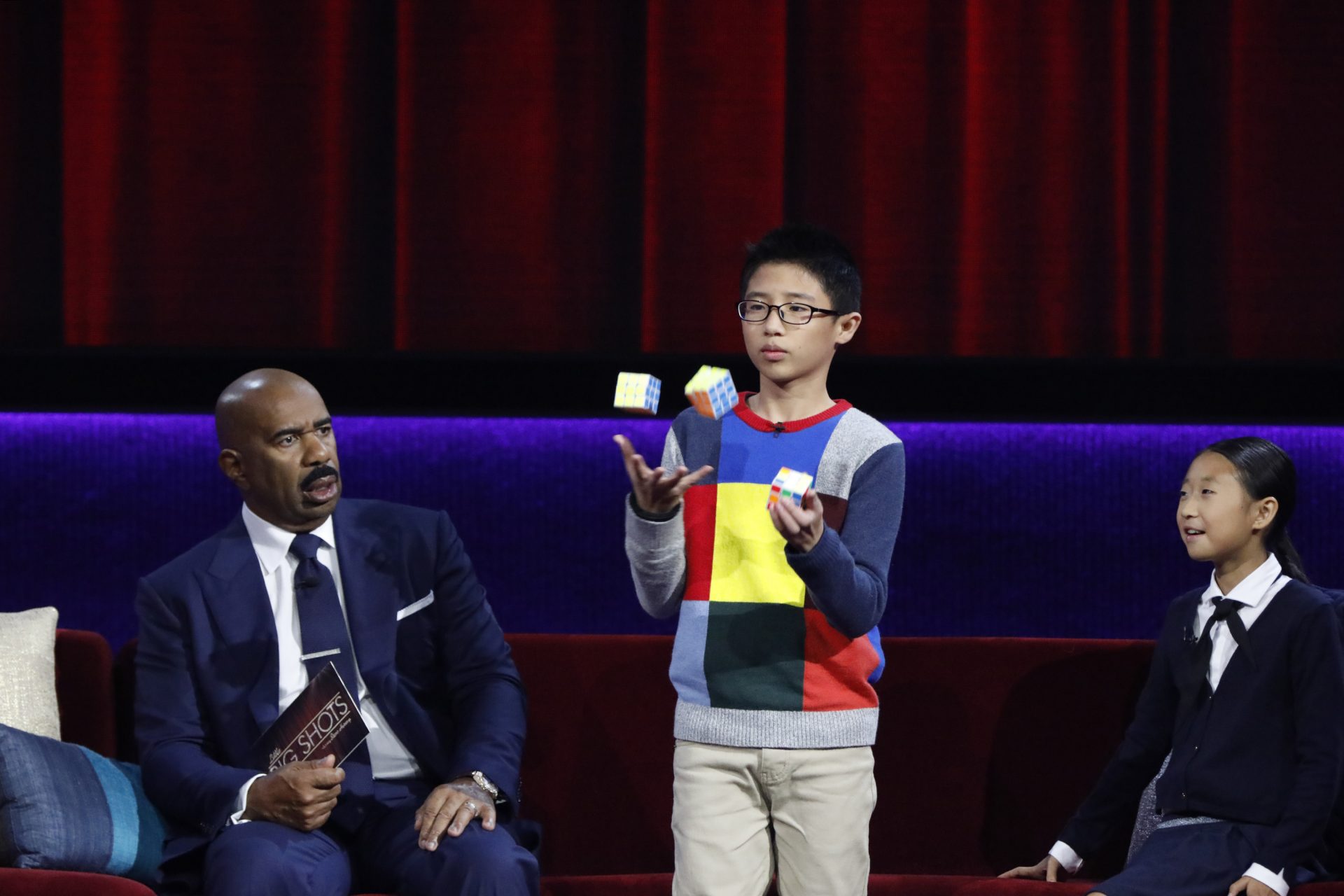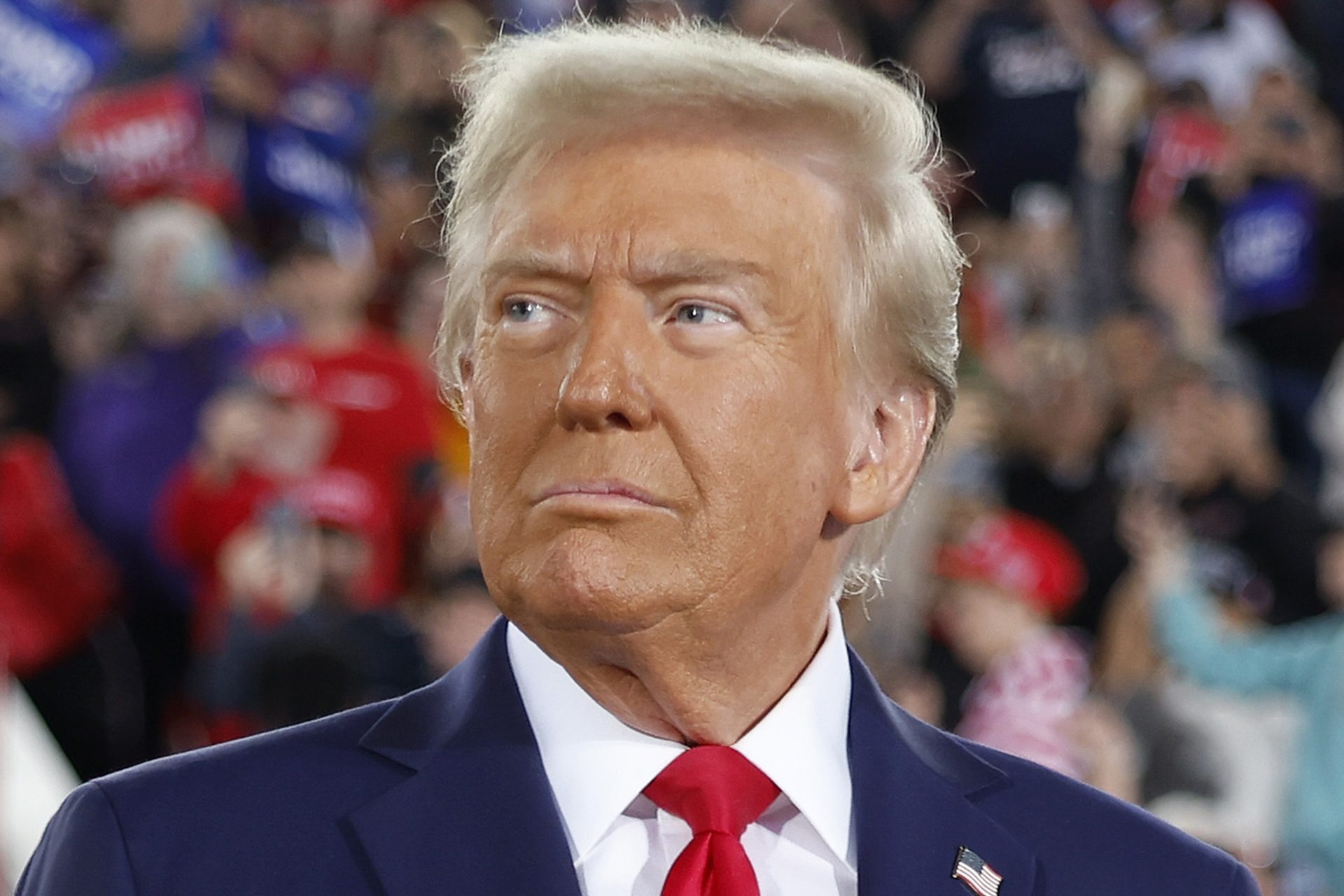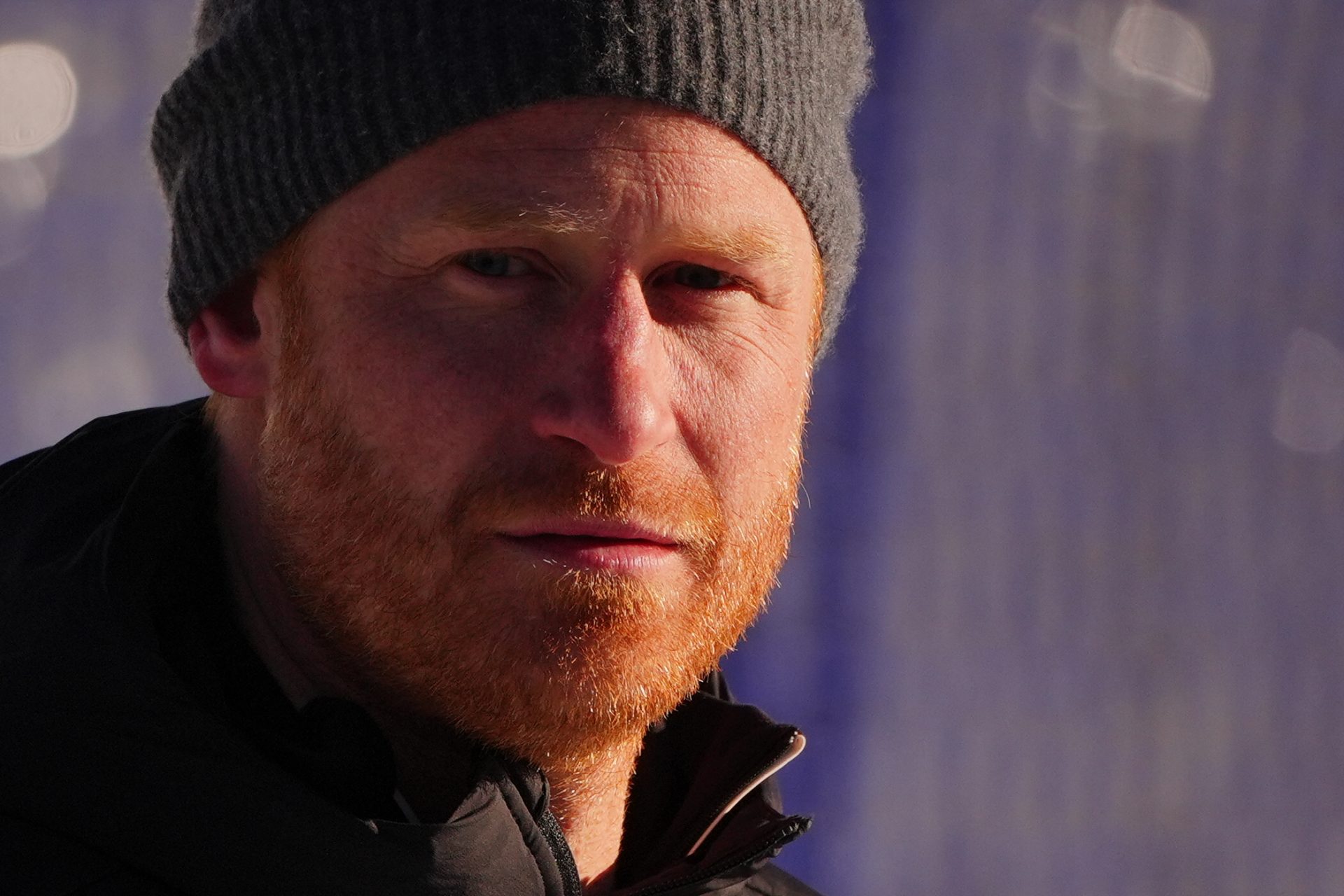The origin of the Rubik's Cube (and its million-dollar profits)
Is there anyone in the world who has never held a Rubik's Cube in their hands? According to Jamcoding, only 5.8% of the people who try the Rubik's challenge manage to complete it by themselves.
Beyond its obvious difficulty, not everyone knows the origin of the game and that it began as an educational idea and ended up being one of the best-known games (or procrastinating devices!) in the world, as well as making its creator a millionaire.
Follow Showbizz Daily to stay informed and enjoy more content!
Looking at the Rubik's Cube, the idea may seem simple. A 6-sided cube, made up of 9 movable cells on each face and the goal of matching all six faces in a single colour. The design and engineering work behind it is tremendous.
Ernö Rubik, the father of the cube, created it in 1974, when technology was far from what it is today. On top of that, the Hungarian architecture professor never thought of his cube as a toy, but as an educational tool.
Ernö Rubik himself said in an interview with the BBC back in 1986, that his puzzle was based on geometry. His complicated idea had to be, in practice, so simple and intuitive that it posed a challenge - one that was immediately understood how to solve it.
"First of all you must be patient, it's very useful to solve a problem, then you need some spatial memory, three-dimensional memory,," Ernö Rubik told the BBC in 1986. "To memorise which congregation you are and where the pieces are and so on… If we close our eyes, we know, we remember, and not for a picture only but the meaning of the picture."
It was months and months of work and designs made with wood, paper, rubber bands, glue, paper clips and all sorts of gadgets, using his students at the Budapest College of Arts as test subjects, as reported in 'Smithsonian Mag', until in January 1975 he applied for a patent for his prototype in Hungary.
Ernö Rubik (pictured) presented his 'Magic Cube' (Bűvös Kocka, in Hungarian) - its first name, as a game of spatial logic. It took more than two years for the patent to be granted. From that moment on, the Magic Cube continued to multiply in popularity.
To put his invention into circulation, Ernö Rubik teamed up with 'Politechnika', a Hungarian company that, in the same year, 1977, had already brought it to shops all over the country. A year later, a British distributor brought the Magic Cube out of Hungary.
However, it was the 1979 Nuremberg Toy Fair in Germany that would change the fate of the Magic Cube forever. According to Smithsonian Mag, Tom Kremer took the Magic Cube to 'Ideal Toy Company', an American company where it was renamed 'Rubik's Cube'.
In 1980, it began its large-scale international expansion and, not even two years later, it had already sold more than 100 million units, on top of imitation copies, according to the BBC.
From that moment on, the Rubik's Cube went from being a toy to an icon of pop culture, capable of being used in clothes, TV series, films, songs...
In 1982, 'The New York Times' jumped into the pool of cool and stated that the Rubik's Cube was already out of fashion. Time has made their mistake clear.
In fact, the passing of time has taken the Rubik's Cube to another level. Specifically, to the level of having world championships, to the level of solving them in extreme situations such as at the bottom of the sea or in space.
Although sales have slowed, the BBC estimates that 400 million original Rubik's Cubes have been sold since its launch. Obviously, the impact of this toy on society over the last 50 years has made Ernö Rubik a millionaire.
So much so that 'Celebrity Net Worth' calculates his net worth to be in excess of 100 million dollars. You can still see them in shops around the world and they have evolved into all sorts of sizes and interesting new puzzles. Long live the cube.
Follow Showbizz Daily to stay informed and enjoy more content!

